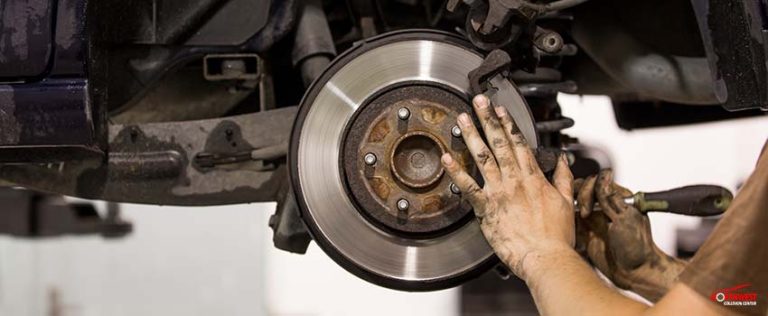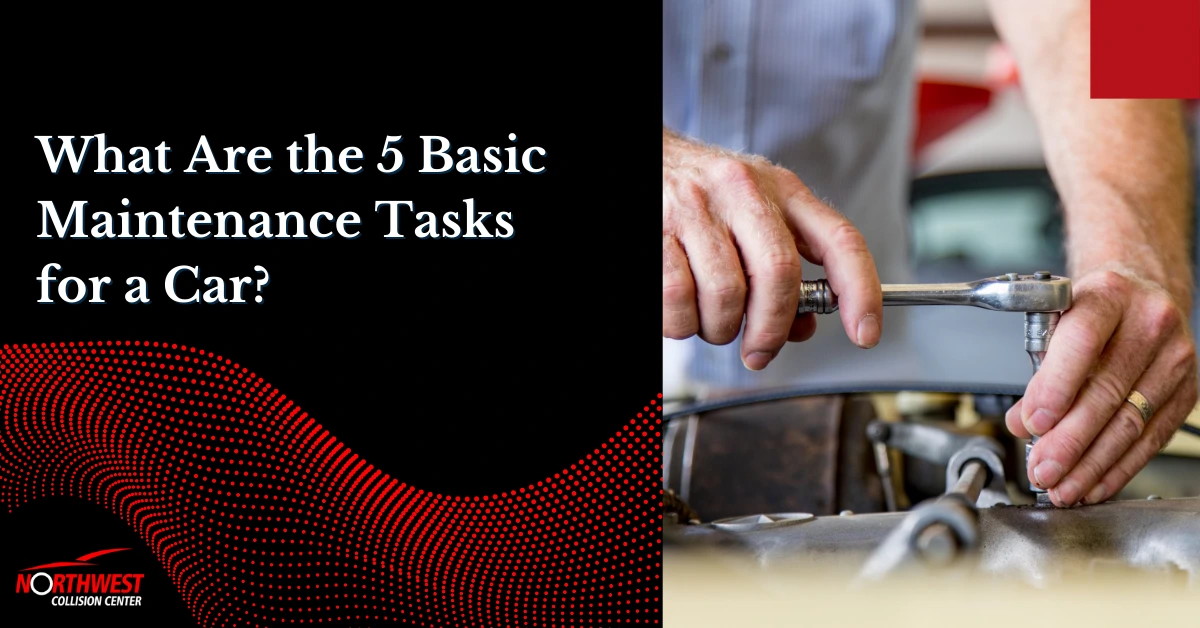Cars are an essential means of transportation, moving us from place to place. But with movement comes the need to stop, and to perform this function, cars use brakes.
When we think about cars, we mostly think about motion, but as Issac Newton said, “For every action, there is an equal and opposite reaction.” For cars, the action is motion or movement, and the reaction is stopping movement and coming to a standstill. To stop a car from moving, we apply the brakes, which make brakes an essential part of any car.
A Brief History of Car Brakes
The first brake system was composed of wooden blocks, which acted as the brake pads, and a lever that enabled the blocks to be applied and removed. The driver of the vehicle would pull back on the lever, which would then cause the wooden blocks to press against the wheel, create friction, and stop the wheel from revolving.
On coaches and early model cars, the wheels, like on a bicycle, were transparent, and it was easy to observe the condition of the brake pads and determine when new brake pads were needed.
The first motorized car was invented by a French man named Nicolas-Joseph Cugnot in 1769. The vehicle was powered by steam and could reach a top speed of 4 km/h. While this was a brilliant invention for movement, there was one problem, it did not include an adequate means of stopping, and while taking the car on a test drive, Mr. Cugnot could not stop the car and crashed it into the wall of a military barracks. Hence the need for an efficient automobile braking system.
The Types of Braking Systems That Use Brake Pads
Hydraulic Brakes
Hydraulic four-wheel braking systems began to appear on cars in the year 1920. Malcolm Loughead invented the hydraulic braking system, the first to transfer force from the braking mechanism to the brake pad using fluid. In today’s cars, most feature 4-wheel hydraulic braking systems.
Disk Brakes
The first patent for the disk brake was filed in 1902, but this type of braking system did not become popular until the mid-20th Century. The disk brake system works by pushing two disks covered by brake pads against each side of a rotating object. In the case of cars, the disks will be placed on either side of the wheel’s axle, and when the driver pushes the braking mechanism, the pads grab hold of the rotating axle and stop it from moving, which stops the wheels from moving.
The disks are made of metal and covered by brake pads. Using the brakes constantly will result in worn brake pads and metal-to-metal contact every time the brake is applied.
Warning Signs: When to Change the Brake Pads
It is worth remembering that brake pads can get worn and damaged through constant use, resulting in weakened braking performance. Here are some easy-to-recognize signs of worn brake pads and that changing the brake pads is a must.
Squeaking or Squealing Noise
One obvious sign that your brake pads need replacing is when the brakes make a high-pitched, squeaking, or squealing sound. However, squeaking and squealing can be misleading because they can also signify that the brake pads are wet and not necessarily damaged or worn.
If the squeaking and squealing noise continues in all weather conditions, then you know this is a sign of damaged or worn-out brake pads rather than wet ones.
Brake Warning Light Turns On
Every car will have a brake light that indicates a malfunction in the braking system when it lights up. The most common malfunction that triggers the brake malfunction light is worn brake pads. Some cars have a sensor attached to the brake pad; when the brake pads get worn, this sensor will cause the brake warning light to turn on.
Sound of Metal Grinding
If, when pressing your brakes, you hear a sound of metal grinding against metal, this means your brake pads have worn down, and you should consider changing the brake pads. Some brake pads incorporate metal ridges at the bottom of the brake pad; then, when the brake pad wears down, the metal ridges are exposed and will make a grinding sound when coming into contact with the metal rotor.
Thin Brake Pads
One way to tell when to replace car brake pads is when you look at them, they appear obviously thin. As a gauge, if a brake pad looks less than a quarter inch thick, this is an indication it is nearly worn down to the metal and will soon need to be replaced.
How Long Do Brake Pads Last
The best way on how to tell when you need new brake pads is by mileage or lifespan. Their material determines the durability of brake pads. How much extreme temperature, friction, and pressure they are exposed to will also be a factor. On average, less durable brake pads last up to 30 to 40 thousand miles, average durability brake pads last up to 50 to 60 thousand miles, and exceptionally durable brake pads can last up to 100 thousand miles.
Conclusion
As long as we have had mechanical movement, we have had mechanical brakes to stop that movement. The most common form of mechanical movement in the 20th and 21st centuries has been the motor car, and all cars incorporate some form of braking system. The most widely used braking systems have brake pads that press against either the wheel or the car axle and stop it from revolving, thereby stopping the car from moving.
What to do when your brake pads need replacing?
When you hear high-pitched screeching and squealing from your brakes, a grinding metal sound, or your brake light on the dashboard is on, you know it’s time to replace your brake pads. It is possible to replace your brake pads yourself. However, this is a time-consuming, arduous job; if not done correctly, it can cost you even more money in the long run.
If you want to get your brake pads replaced, your best option is to take your car to a professional workshop like Northwest Collision Center.
They have qualified professionals that do auto body repair in St. Petersburg, FL and other automobile-related works like brake pad replacements. At NCC, they will have the skills, knowledge, training, and equipment to replace your brake pads and thoroughly check your entire brake system identifying and fixing any problems. Do you need your brake pads replaced? Call us today!










